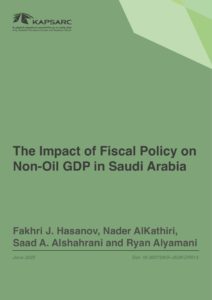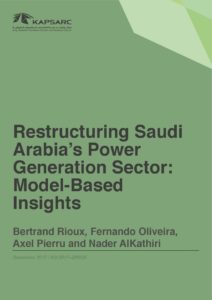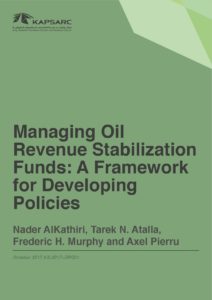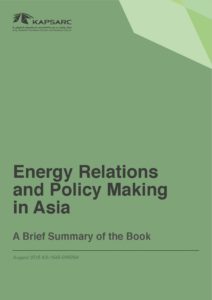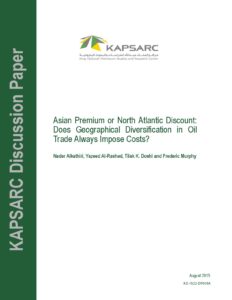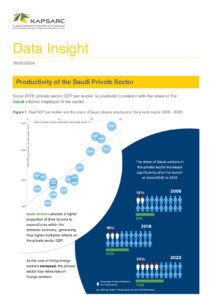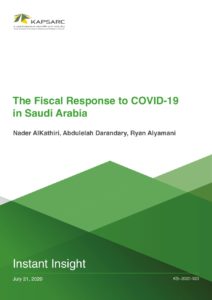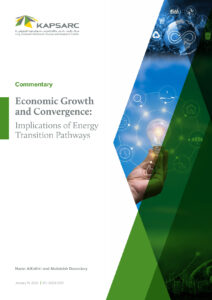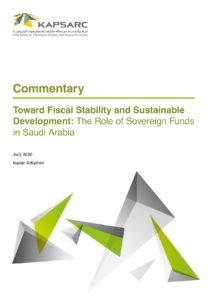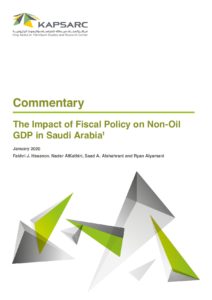Nader AlKathiri is a fellow in the Energy Macro & Microeconomics program. He currently leads a project exploring how different energy transition pathways impact the economies of developing and developed countries, aiming to enhance our understanding of the challenges and opportunities that lie ahead in achieving net-zero emissions. Nader’s research has been published in several international peer-reviewed journals such as Energy Economics, Resources Policy, and Applied Economics. Nader holds a Ph.D. in Economics from the University of Sussex and an M.Sc. in Applied Mathematics and Computational Sciences from KAUST. He also holds an MBA in Finance from Prince Sultan University and a B.Sc. degree in Operations Research from King Saud University.

GCC-NEA oil trade: Competition in asian oil markets and the Russian ‘Pivot’ east
KAPSARC: The purpose of this paper is to assess Middle East crude oil exporter strategies to maintain or expand market share in Asian oil demand. It also analyses the impact of changing global crude oil flows on key oil exporters’ revenues and on inter-regional price differentials by utilizing the KAPSARC Global Oil Trade Model (GOTM). Oil trade between the Gulf Cooperation Council (GCC) and Northeast Asia (NEA) will be subject to new pressures as major crude oil producers from outside the region compete to place their barrels in Asia. African, Latin American, and Russian flows of crude are increasingly redirected towards Asia, challenging the traditional large exporters in the Middle East. GCC oil producers are engaged in a number of initiatives to protect market shares in Asia. © The Editor(s) (if applicable) and The Author(s) 2016.
1st January 2016
